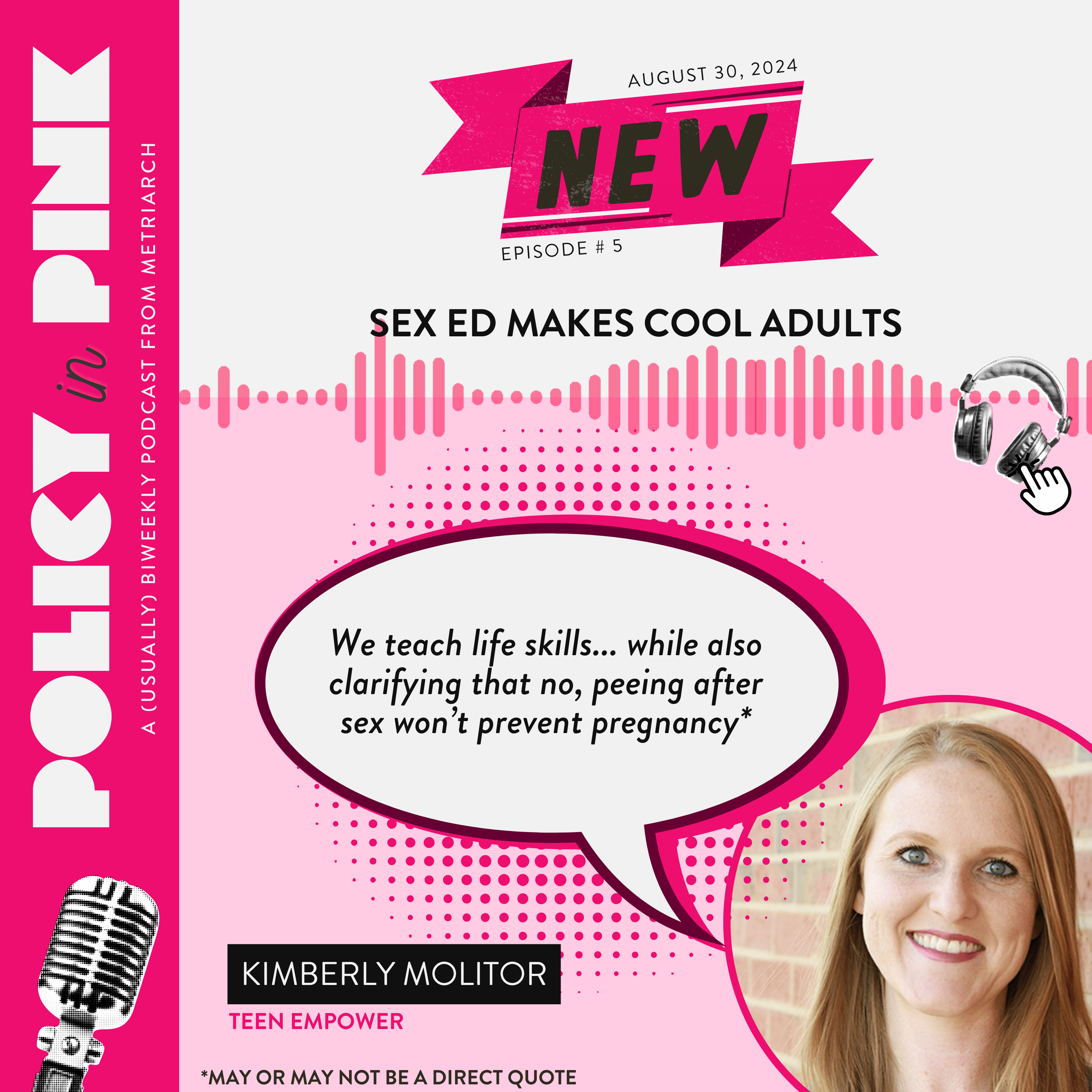Teen Condom Usage
Teen Condom Usage
Data highlight
Oklahoma ranks 26th out of 43 reporting states. Kansas indicated the highest percentage of girls who did not use a condom with 64.1%. New York reported the lowest with 42.7% of girls using condoms.
HOW WE STACK UP
High school girls who indicated they did not use a condom during the last time they had intercourse (2021).


Source: Center for Disease Control
YOU MIGHT ALSO LIKE
Definition
Teen condom usage is defined as the use of condoms while engaging in opposite-sex partnered, penetrative sex. The information employed in this article, although it might appear obscure or outdated, is the data in which we have the highest confidence. Also, due to the reporting, the definition of “teen” oscillates between 19 and under and high school (grades 9 to 12). The use will be indicated.
Why we care
The United States has one of the highest teen birth rates compared to other developed nations, and Oklahoma has one of the highest teen birth rates in the United States. Oklahoma also has one of the highest instances of sexually transmitted infections (STIs) in the country, and a sizable portion affects teens.
In 2021 the Centers for Disease Control and Prevention’s data showed nearly half of all new STI infections occur among the nation’s youth, with 45.5% of all new STI cases being among young people ages 15-24 in 2018.
Contraception, both prescription and non-prescription, is the most effective way to reduce risk of STI and pregnancy. Condoms are the only form of birth control that reduces the risk of sexually transmitted infections (See STI Incidence in Teens).
Oklahoma needs a comprehensive and medically accurate sex education curriculum. Research shows that abstinence-only curricula does not meet the fundamental needs of youth who have already engaged in sexual activity or the knowledge of tactics of how to refuse sex from unwanted sexual advances.
Teens need to be able to access birth control and barrier methods to make wise decisions before having sex (See Teen Birth Rate). Title X (“Title Ten”) is a federal grant for clinics to provide family planning services like contraception, STI testing, and STI treatment regardless of ability to pay, citizenship, or parental permission.
Title X-clinics have been attributed to reducing the amount of teen pregnancies nationally by 30%. Research indicates that publicly funded family planning services reduce abortions, unintended pregnancies, and unplanned births among all women.
A 2011 report from the Oklahoma State Department of Health provides a glimpse of how Title X has historically been used. Females utilize Title X services significantly more than males; 99% of Oklahoma Title X services are utilized by females. Many care recipients are young adults or adolescents, in fact in 2011, 26.3% of all Oklahoma Title X patients were females under 19 . Over 11,000 girls aged 15-19 answered that a prescribed contraceptive was their primary method (it’s important to note that this may not specifically reflect Title X services, but it provides a context for understanding).
The ability of minors to access contraception without parental consent has been contentious for decades. One of the primary retorts is that providing teens with contraception (or the knowledge of it) is akin to giving them the tools to have sex. Talking points have included the misguided analogy that contraception is to sex as keys are to a car.
Instead, contraception reduces the risks associated with sexual behaviors that may already be happening (See: Teen Sexual Activity). Legislation to curtail access has crept through the legislature, although both are not enforced. An effort to restrict access to emergency contraception from minors was passed and signed but ultimately struck down by the Oklahoma Supreme Court. We have also seen legislation requiring parental consent for a child to get contraception, which directly conflicts with Title X.
Considerations
Since the Youth Risky Behavior Study was launched in 1991, condom use by teens has been a tracked marker. The reporting by states was initially spotty, but with 22 years of data, we can view broad, multi-decade trends. The history of the data point also makes it the longest-running specific contraceptive method question asked of youth. It wasn’t until 2021 that the CDC began asking much more expansive questions about prescribed contraception and whether any contraception was used.
While these new metrics are exciting, we must remember that they were launched and first collected during the COVID-19 pandemic. We cannot determine their 2021 reliability against previous numbers. The measurements describing sexual activity and condom use are the most stable figures to gauge contraception use amongst teens. The new 2021 questions shouldn’t be ignored and will be prominent in future Lookbook publications and Metriarch reporting.
Two new metrics are noteworthy: prescribed contraceptive usage before intercourse and no contraception used to prevent pregnancy during the last intercourse. Once again, these numbers are new to the 2021 survey and were collected during the pandemic (see the statement below on the impact on the data).
Data Definition: The percentage of teen girls who did not use a prescribed contraceptive to prevent pregnancy prior to sex with an opposite-sex partner. IUDs, implants, shot, patch, or ring are prescribed contraception methods. It does not include whether or not a condom was used.
Oklahoma: 59.2%
National: 62.8%
Oklahoma ranked 17th out of 38 reporting states. New York reported the highest percentage at 77.0% who did not use prescribed contraception, and Vermont noted the lowest at 38.8%. Vermont has the widest uptake of teen girls using a prescribed method of birth control.
Data Definition: The percentage of teen girls who did not use any method to prevent pregnancy with an opposite-sex pregnancy during last sexual intercourse.
Oklahoma: 12.3%
National: 15.2%
Oklahoma ranked 17th out of 38 reporting states. Alabama reported the highest percentage at 24.2% who did not use any contraception, and Nebraska noted the lowest at 1.9%. Nebraska has the widest uptake of teen girls using any contraception. [1]
The Youth Risk Behavior Survey is released every two years by the Center for Disease Control. It is considered the gold standard for adolescent data. The most recent report was released in 2021 with some data collected during the COVID-19 pandemic. Per the CDC’s stated acknowledgment, the pandemic likely affected the reporting. Spotty stay-at-home orders nationwide meant many teens could not visit friends in and out of school. Although Oklahoma did not declare a statewide order, individual school districts, cities, and social spaces did close their doors. Metrics that require some level of person-to-person contact drastically and abnormally dropped, some to historic lows. However, the drops observed closely match the scope of a state’s stay-at-home order. The CDC and other experts in the field have hinted that many of the results of the 2021 survey are outliers. While still valuable information, they are likely not indicators of widespread changes in teen behavior. Those same experts further warn that the 2023 results will also be abnormal but in the opposite direction. With the return of social settings, behavior amongst teens may overcorrect and cause metrics to spike. If the trends were to return to pre-pandemic levels, it may not be seen until 2025. However, the CDC’s current information is still considered the gold standard, even with the needed context.
What we can do:
- Ensure individuals have adequate information and access to all forms of birth control in order to choose the best method for their lifestyle
- Support inclusive, scientific, evidence-based prevention programming addressing subsequent teen births
- Advocate for comprehensive, inclusive, scientific, and evidence-based health education in all Oklahoma schools
- Vote for representatives that represent the constituents
This issue brief was written by Metriarch staff as part of our Data Lookbook. Peer review and contributions provided by Joya Cleaveland with Strong Tomorrows.
Suggested citation
Metriarch. “Adolescent Health,” Data Lookbook (2024). URL: https://www.metriarchok.org/teen-contraception-use-2/
- Last updated May 2, 2024
Share this page:





